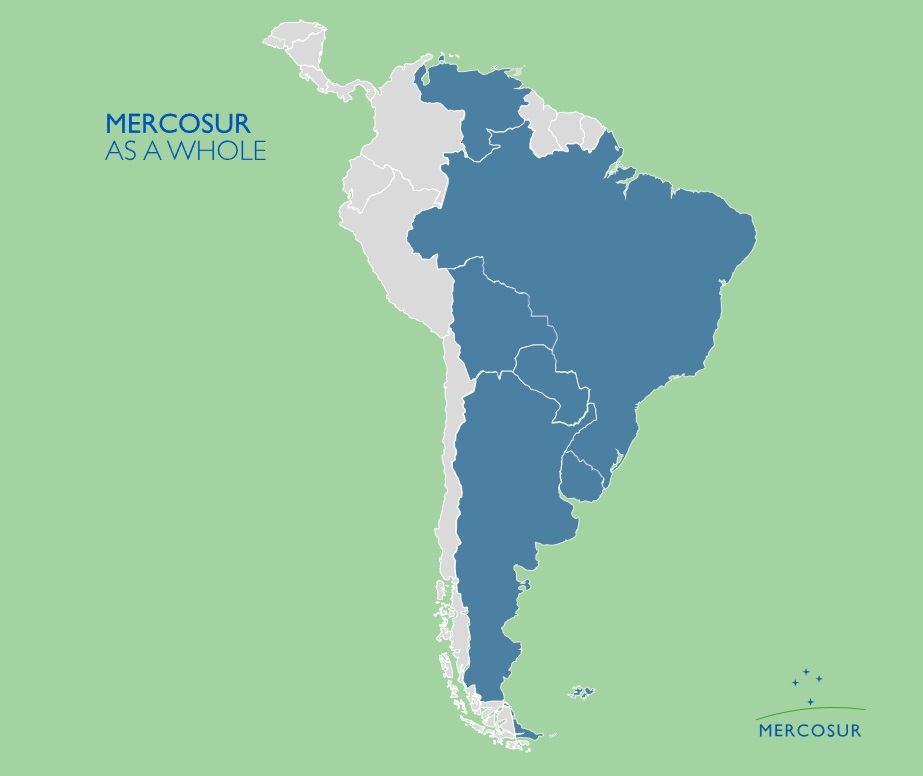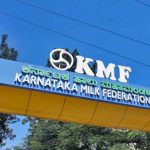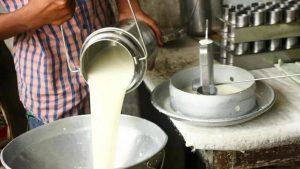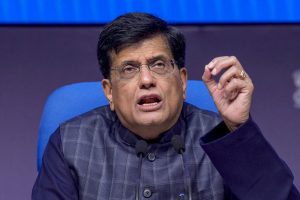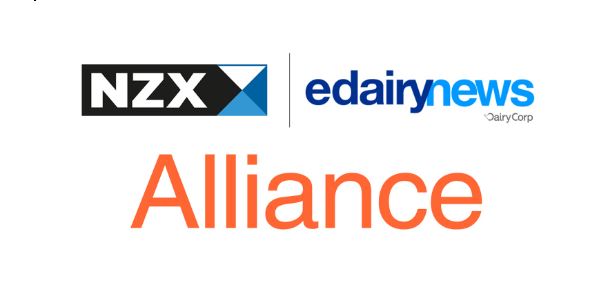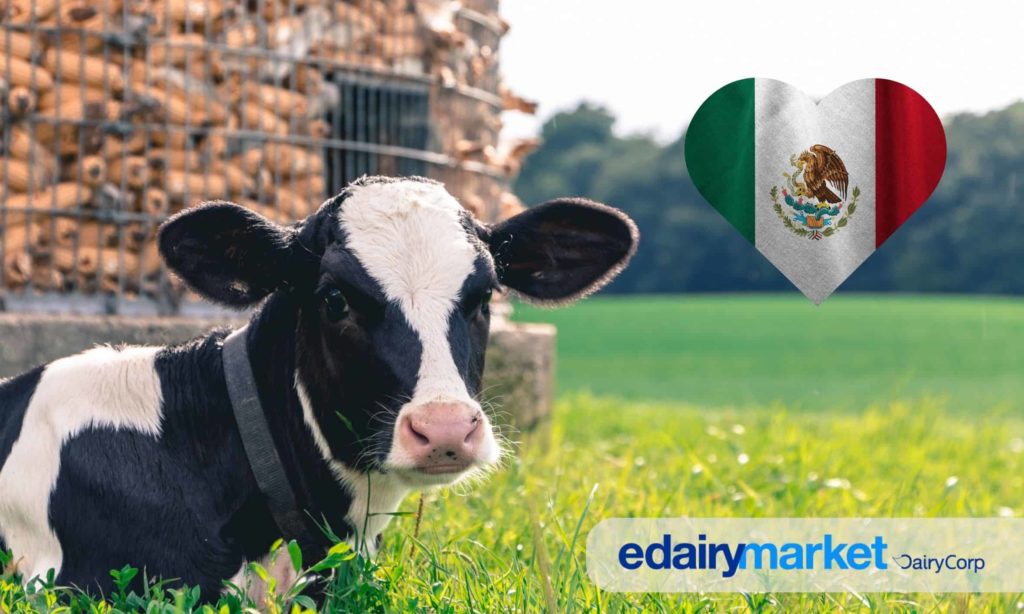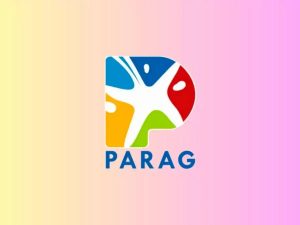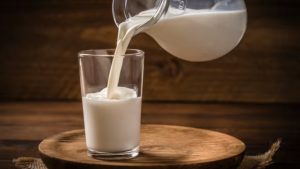
India and Brazil agree to significantly broaden the India-MERCOSUR PTA, but agricultural protectionism poses a challenge for key commodities.
India and the MERCOSUR bloc, led by Brazil and Argentina, have initiated a joint declaration to significantly expand their existing Preferential Trade Agreement (PTA). This strategic move aims to strengthen India’s commercial ties with Latin America and advance its multipolar foreign trade policy. The ambitious goal is to scale up bilateral trade between India and Brazil from the current USD 12.2 billion to USD 20 billion by 2030. A technical dialogue is set to begin soon to define the scope, which will include both tariff and non-tariff issues for preferential access.
For the agribusiness sector, this expanded PTA holds both promise and peril. India stands to benefit from crucial imports of agricultural goods, energy resources, and raw materials from the resource-rich MERCOSUR nations. In return, India aims to boost exports of high-value goods like pharmaceuticals, engineering products, and IT services. This diversification strategy is intended to reduce India’s reliance on established suppliers like China and Europe, enhancing market access for Indian products in Latin American economies.
However, a major hurdle for the dairy community and other soft commodity producers is the persistent issue of agricultural protectionism within the MERCOSUR bloc. Countries like Brazil and Argentina maintain strong protective barriers for their domestic farm sectors, which currently limit India’s access for sensitive goods such as pulses, sugar, and dairy products. Securing phased, mutually beneficial market access for these commodities will be essential but challenging, requiring delicate negotiation that respects MERCOSUR sensitivities.
Beyond farm protectionism, expanding the PTA faces other significant logistical and structural challenges. Economic asymmetry is a factor, as MERCOSUR economies are heavily focused on commodity exports, while India’s trade is more diversified across manufacturing and services, making reciprocal concessions difficult without exacerbating existing trade imbalances. Furthermore, the consensus required among all MERCOSUR member states (Argentina, Brazil, Paraguay, and Uruguay) slows decision-making compared to bilateral Free Trade Agreements (FTAs).
To ensure success, policymakers must prioritize a strategy that moves beyond the current limited scope of 450 tariff lines. Strengthening the PTA will require addressing complex Non-Tariff Barriers (NTBs), such as aligning sanitary measures, technical standards, and customs procedures. Leveraging the strategic alignment between India and Brazil under forums like BRICS and the G20 for coordinated policy support will be crucial to unlocking the full potential of this agreement and enhancing South–South cooperation.
Source: Gain deeper insights into this major trade policy initiative at Drishti IAS.
You can now read the most important #news on #eDairyNews #Whatsapp channels!!!
🇮🇳 eDairy News ÍNDIA: https://whatsapp.com/channel/0029VaPidCcGpLHImBQk6x1F
